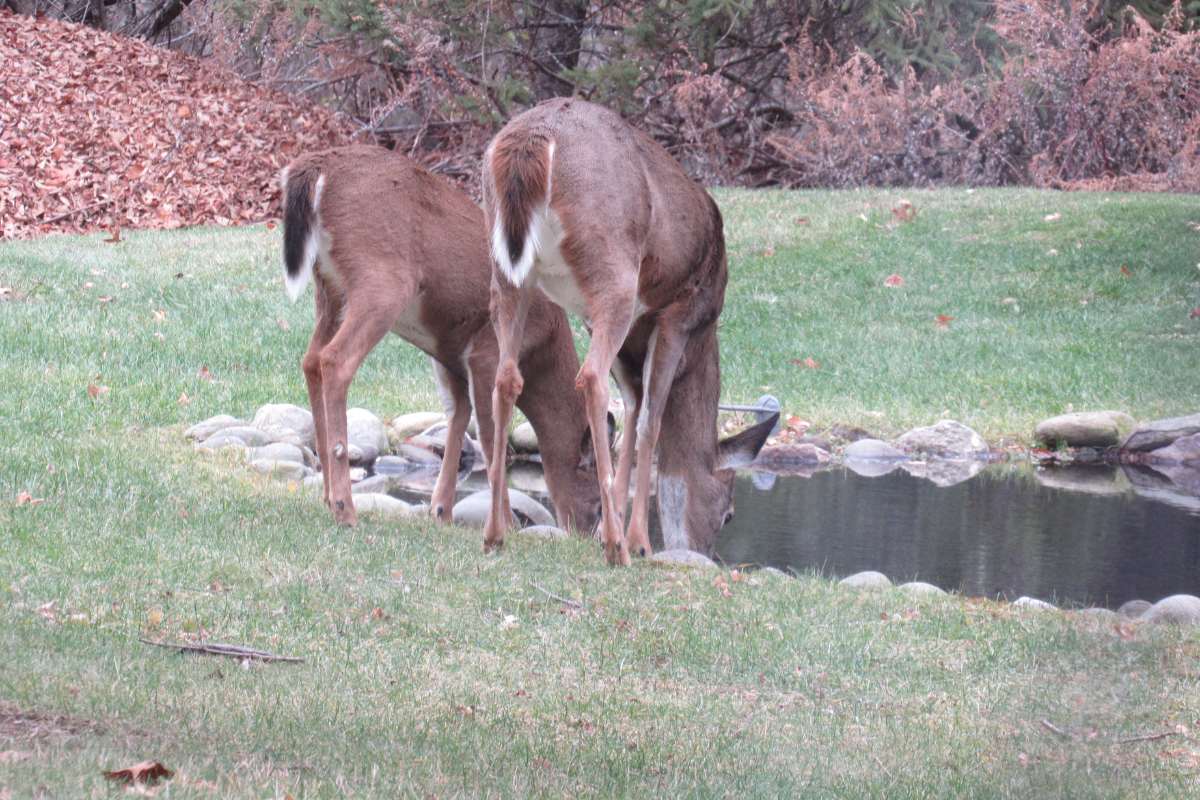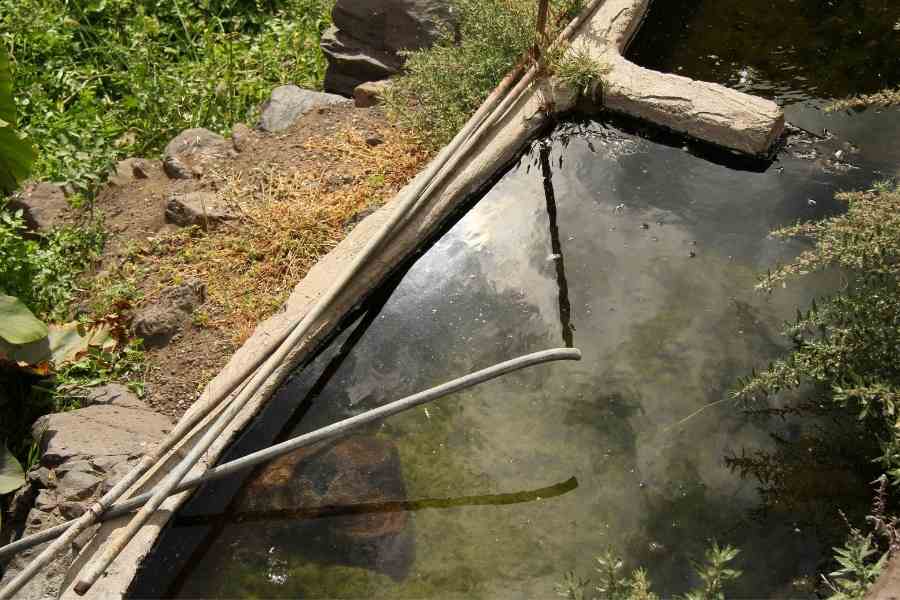Deer, like any animal, require regular water intake to survive. In the wild, this water intake generally comes from a variety of sources, including rivers, creeks, lakes, and ponds.
These, of course, are natural water sources to which deer in a given area are quite accustomed. For this reason, deer drink from these water sources with little inhibition or reluctance.
However, this leads many hunters to question whether or not deer will drink from other, less natural water sources, such as a water trough.
Across much of the agricultural landscape, water troughs are a common sight and are frequently used to sustain livestock.
But, will deer drink readily from water troughs used for a similar purpose or those placed by a hunter?
The answer is yes, they will during unusually dry weather. Read on to learn more about how deer interact with water troughs and what factors to consider when placing one on your hunting property…
Contents (Jump to Topic)
ToggleSurvival Instincts
Deer are hardwired to seek out food and water as necessary for survival. These instincts cause deer to adapt to their environment, no matter the circumstances.
During periods of unusually dry weather, deer have been known to water in a number of seemingly unusual places, such as a water trough.
This is especially true in arid environments, where ranching practices are prevalent.
In regions of states such as Texas, Oklahoma, and Kansas, it is not at all unusual to witness whitetail deer watering at the same stock tanks used by cattle.
In many instances, these water troughs are the only reliable means of accessing water within a reasonable distance. As such, deer come to associate these troughs with continued survival.
Strategically Placed Troughs
So if deer will drink from troughs used to water cattle, can a hunter position their own water trough in the perfect location to ambush a whitetail during season?
The simple answer to this question is yes, you certainly can. However, a certain amount of planning and forethought is required to make such a plan successful.
Unless sustainable water is in short supply, deer will avoid almost any water source that they feel is unnatural or leaves them exposed to danger.
In the example mentioned above, deer readily water from stock tanks due to the fact that few other water sources exist in such areas, though this is not the case across much of the country.
read.. whitetail´s diet
In areas that receive adequate rainfall, a watering trough is unlikely to receive much use unless positioned in an area where deer already feel safe and unpressured.
Such locations include natural travel corridors, frequented feeding areas, and cover adjacent to bedding areas.
Even when placed in these locations, oftentimes, deer are skittish of a watering trough initially. However, after a short period of acclimation, most watering troughs begin seeing at least some degree of use.
This places increased importance on placing a watering trough as intended, well in advance of season.
Painting A Natural Picture
You can also take additional steps to increase the appeal of a newly placed watering trough by making it appear more natural in a given environment.
One of the best ways to accomplish this is by digging a hole that is similar in size to the water trough that is to be used before sinking the trough within.
Ideally, the top lip of your watering trough should be no higher than a couple of inches above ground level.
Alternatively, a watering trough can be camouflaged into its surroundings. This is most easily done by painting the trough itself with paint of a natural earth tone color.
Once placed as desired, this trough can be further camouflaged by placing limbs, rocks, and corn stalks around its perimeter, to break up its general outline.
Additional Considerations
When planning to use a water trough for the purpose of attracting wildlife, there are a few additional matters of importance worth keeping in mind.
The first of which involves having a plan in place for freshening the trough’s water supply. With time, water in any tough can become stagnant and of little value.
To overcome the matter of water stagnation, it is recommended to fit any above-ground watering tank with a drain valve.
With a valve of this nature in place, water can be purged periodically to avoid stagnation. The trough can then be refilled with a portable water tank, loaded in the bed of a truck, or allowed to refill naturally with rainwater alone.
It is also advisable to place one or two sticks within your watering trough, which are long enough to stick up above the water’s surface, and overhang the lip of the trough itself.
This provides a means of escape for small rodents who have fallen into the trough, most of which would otherwise drown when unable to escape, thereby souring the water within.







